Rise of Plant-Based Diets
The increasing popularity of plant-based diets is significantly influencing the roasted snack market. As more consumers adopt vegetarian and vegan lifestyles, there is a heightened interest in snacks that are derived from plant sources. This shift is evidenced by a reported 20% increase in sales of plant-based roasted snacks over the last year. The roasted snack market is responding by expanding its product lines to include a variety of plant-based options, such as chickpea and lentil snacks. This trend not only caters to dietary preferences but also aligns with broader environmental concerns, as plant-based diets are often viewed as more sustainable. Consequently, the roasted snack market is likely to see continued growth as it embraces this plant-centric approach.
Innovative Packaging Solutions
Innovative packaging solutions are playing a crucial role in the evolution of the roasted snack market. As consumer preferences shift towards convenience, brands are increasingly adopting packaging that enhances portability and freshness. For instance, resealable bags and single-serving packs are becoming more prevalent, catering to on-the-go lifestyles. This trend is supported by market data indicating that products with innovative packaging have seen a sales increase of approximately 10% in the roasted snack market. The roasted snack market is thus likely to benefit from these advancements, as they not only improve user experience but also extend product shelf life, ultimately driving sales and customer satisfaction.
Growing Demand for Healthy Snacks
The roasted snack market is experiencing a notable shift towards healthier snack options. Consumers are increasingly prioritizing nutrition, leading to a surge in demand for snacks that are low in calories and high in protein. This trend is reflected in the market data, which indicates that the health-oriented segment of the roasted snack market has expanded by approximately 15% over the past year. As a result, manufacturers are innovating to create products that align with these health-conscious preferences, such as roasted nuts and seeds that are rich in essential nutrients. This growing demand for healthy snacks is likely to drive the roasted snack market forward, as brands adapt their offerings to meet consumer expectations for both taste and health benefits.
Increased Focus on Sustainability
Sustainability is becoming a pivotal concern within the roasted snack market, as consumers increasingly seek products that align with their environmental values. Brands are responding by adopting sustainable sourcing practices and eco-friendly packaging solutions. Market data indicates that approximately 30% of consumers are willing to pay a premium for snacks that are certified organic or sustainably sourced. This growing focus on sustainability is likely to influence purchasing decisions, driving the roasted snack market to prioritize environmentally responsible practices. As a result, companies that effectively communicate their sustainability efforts may gain a competitive edge, appealing to the environmentally conscious consumer base.
E-commerce Growth and Online Shopping
The rise of e-commerce is transforming the roasted snack market, providing consumers with greater access to a diverse range of products. Online shopping platforms are facilitating the discovery of niche brands and specialty snacks that may not be available in traditional retail settings. Recent data suggests that online sales of roasted snacks have surged by 25% in the past year, indicating a strong consumer preference for the convenience of online purchasing. This trend is likely to propel the roasted snack market forward, as brands invest in digital marketing strategies to reach a broader audience. The ability to offer subscription services and personalized recommendations further enhances the appeal of online shopping for roasted snacks.


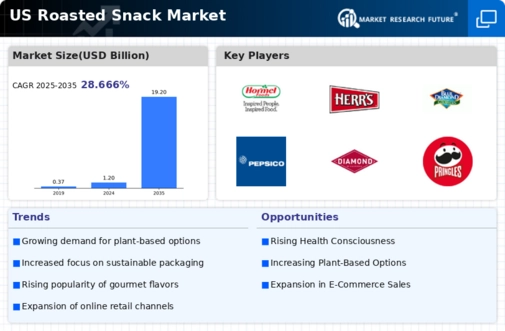
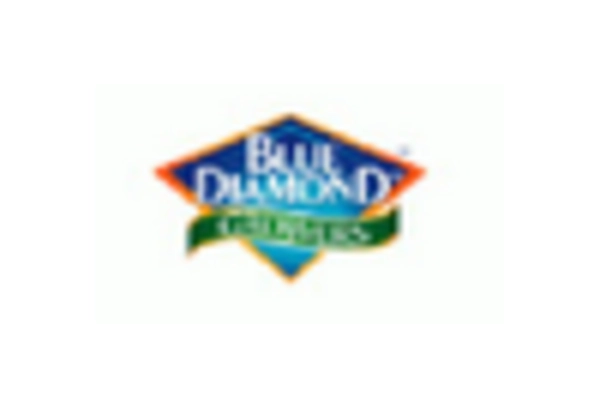
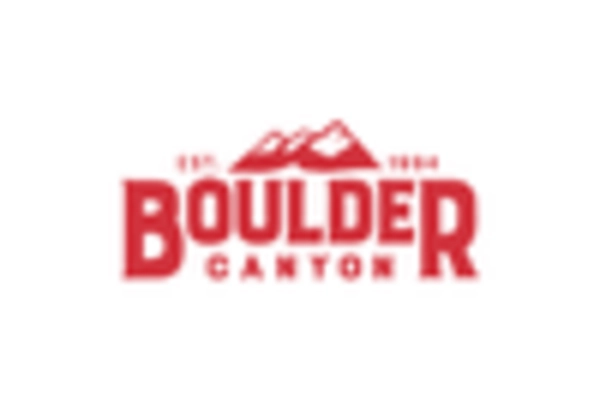
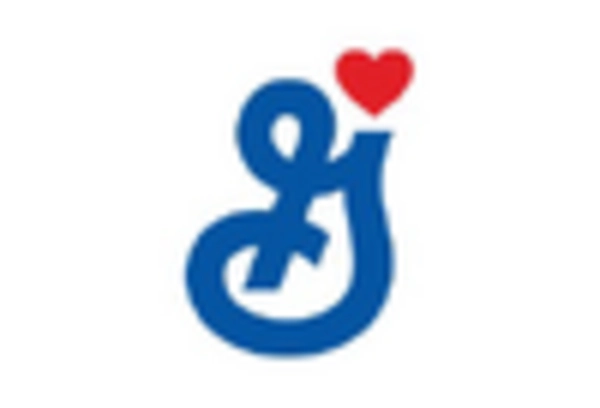
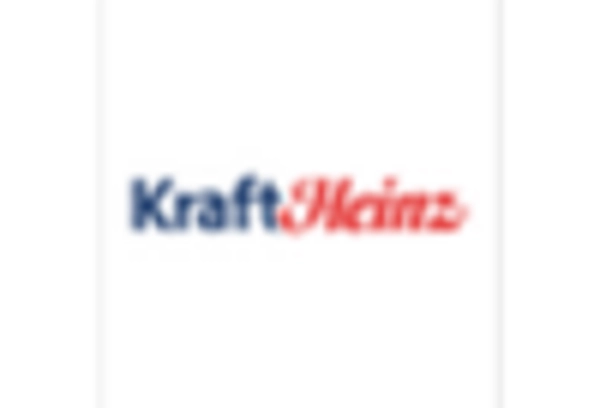
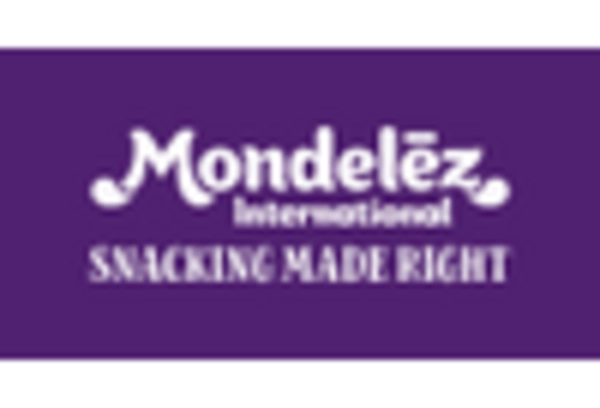
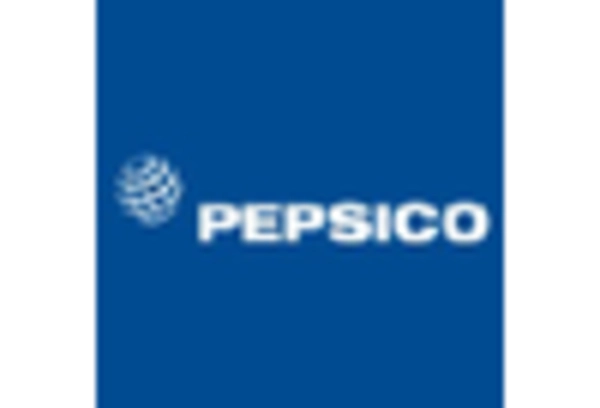








Leave a Comment